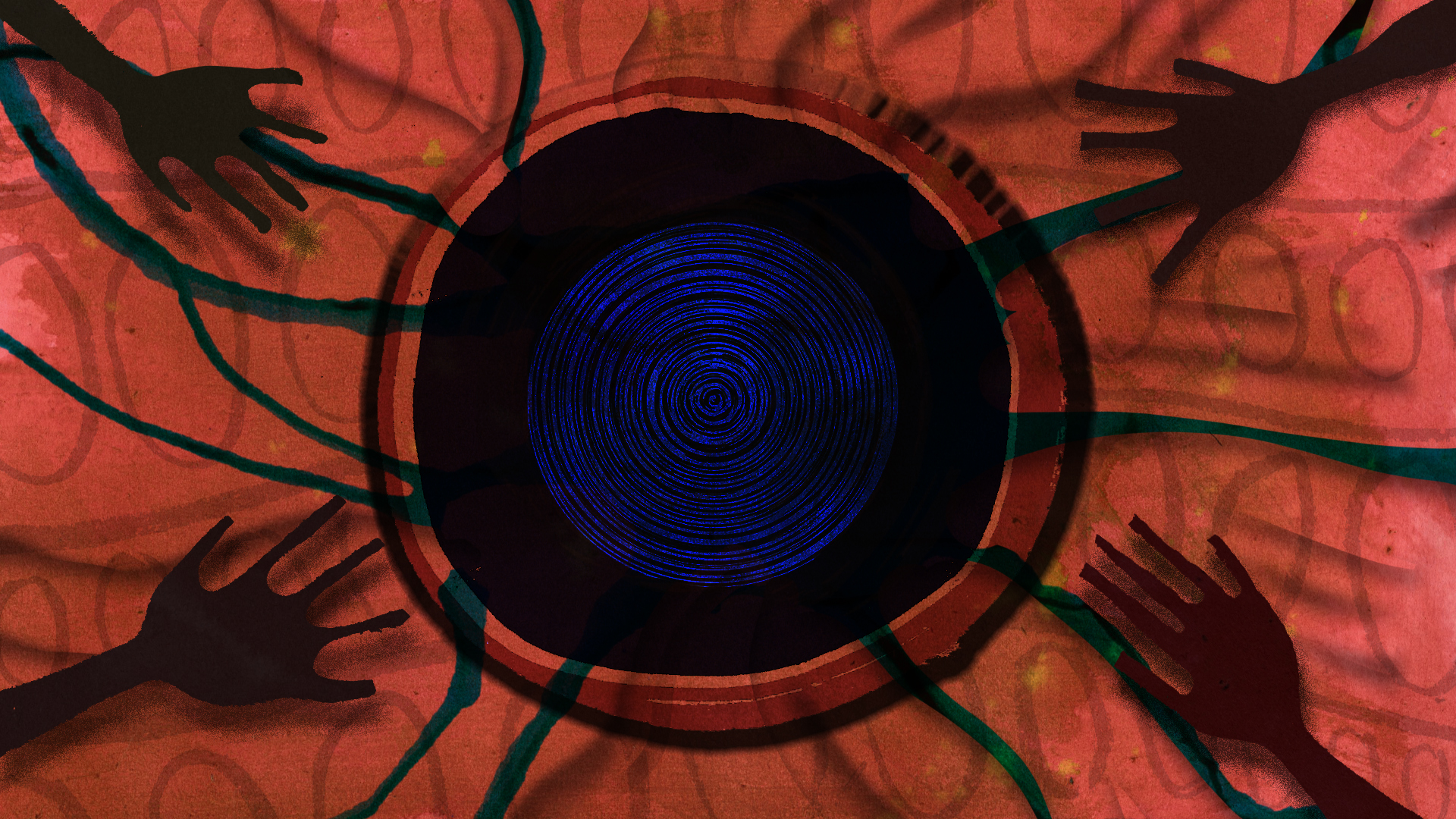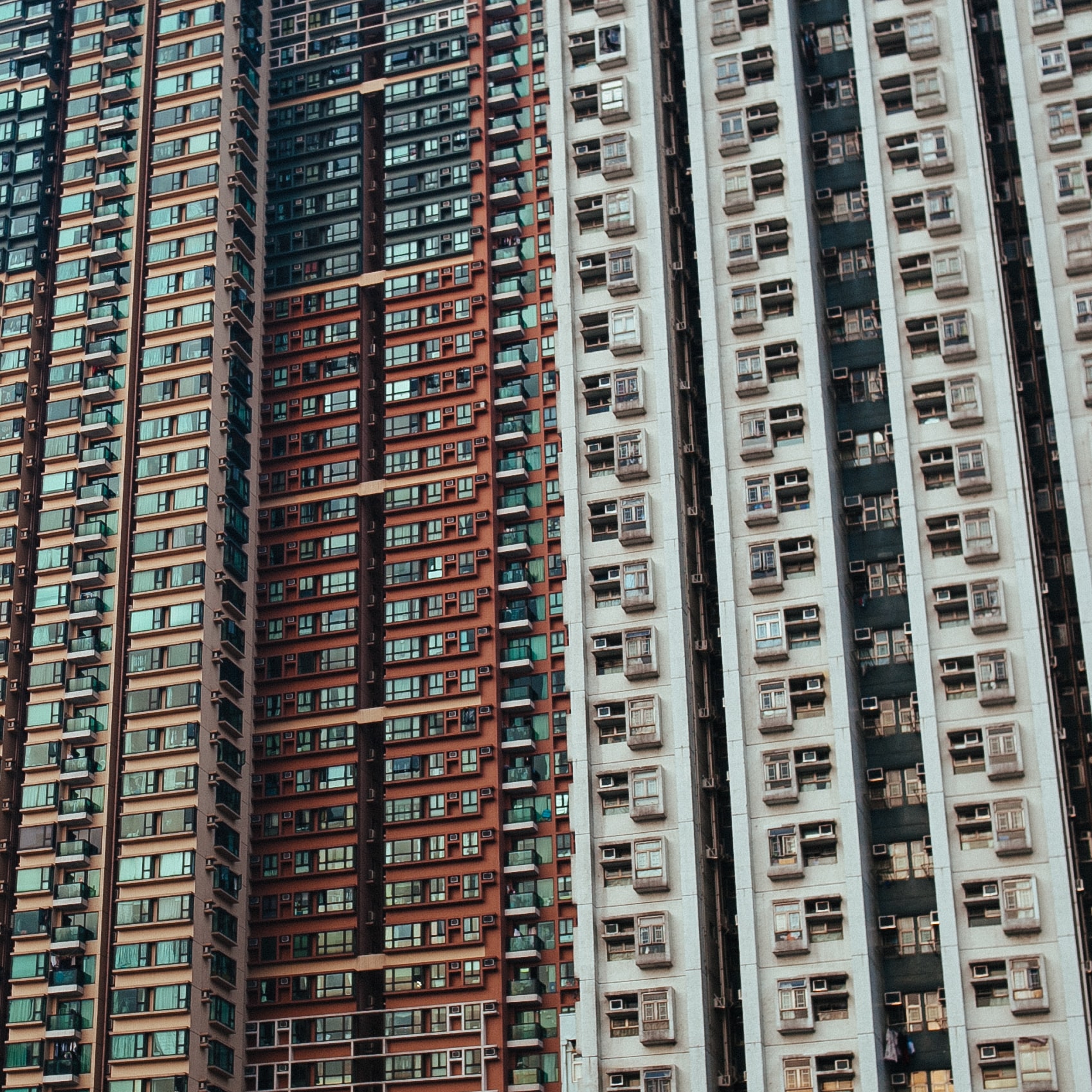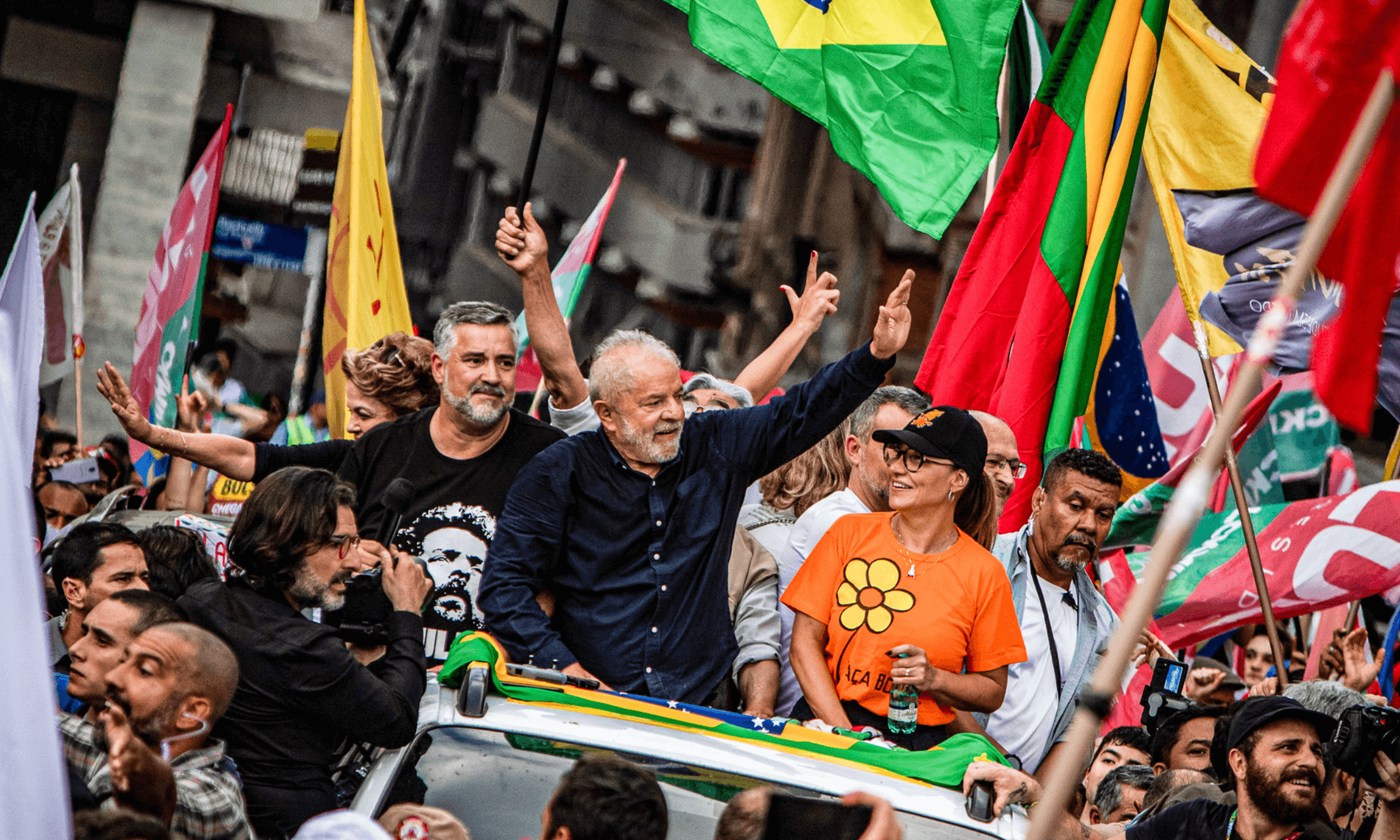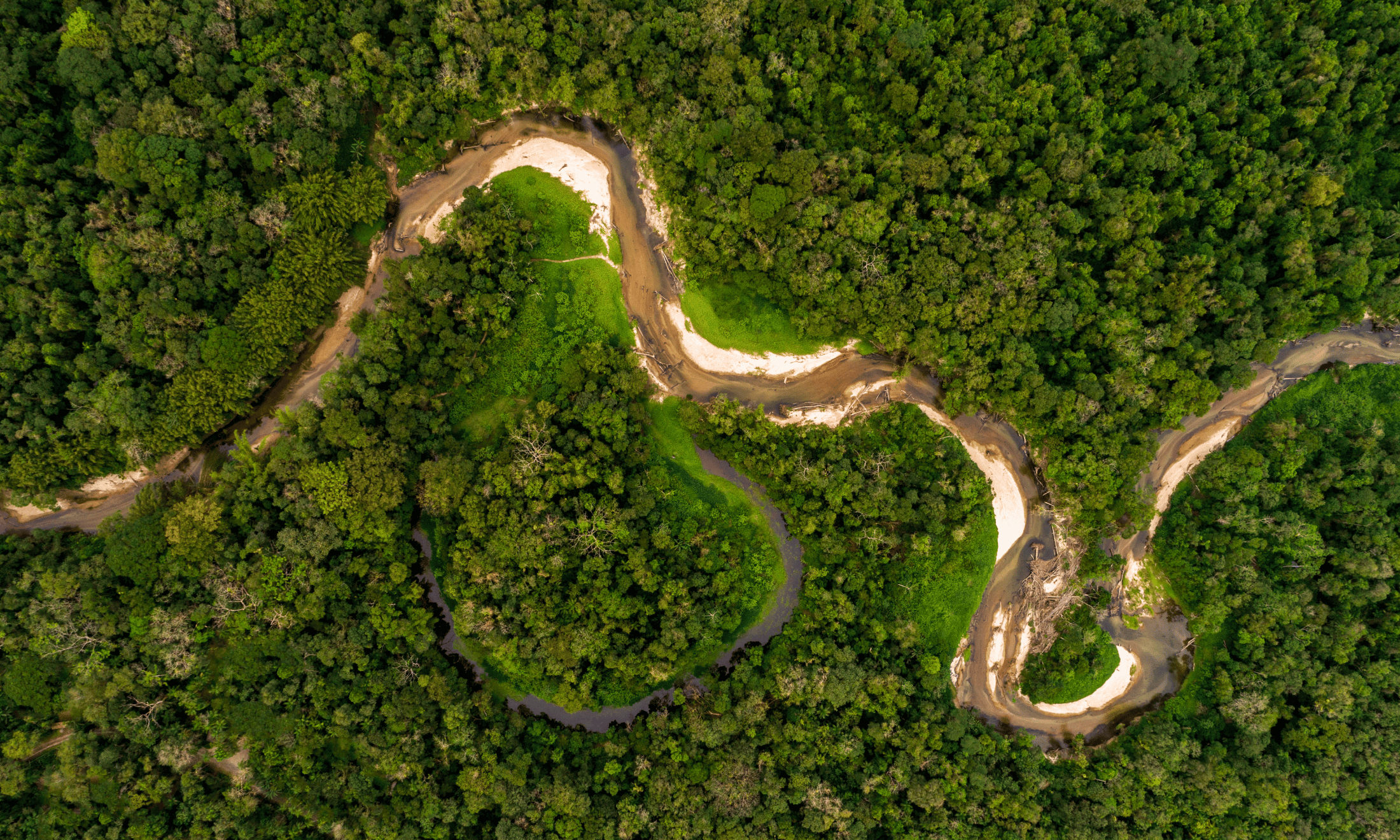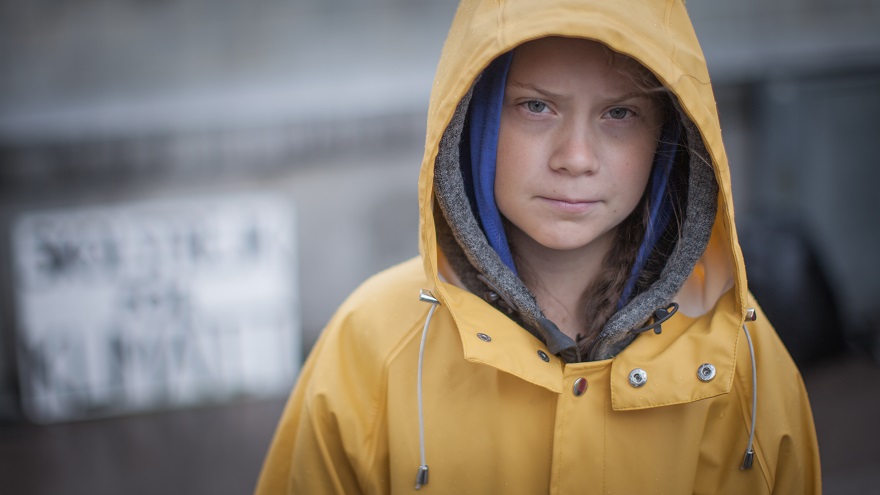
Photography via Anders Hellberg / Wikimedia Commons
After a powerful and emotional speech at the climate summit in New York, climate activist Greta Thunberg’s profile is bigger than ever, as if that were even possible. Founder of the school strike movement, it feels that Greta has played a huge part in galvanising an incredibly cohesive and urgent movement for climate justice in the short period of one year. I am also personally a huge admirer of hers, and am particularly heartened by the way she has discussed disability in the spotlight. But in the past few days, I’ve seen a number of people, notably artist and activist Bree Newsome Bass, discussing Greta’s whiteness in relation to size of her platform.
In some ways this is an important point – activists of colour like Mari Copeny a.k.a. Little Miss Flint, who has been raising awareness and funds for the water crisis since she was eight, have received far less attention for their activism. But I’m less interested in this criticism levelled towards Greta as a person – she is a 16-year-old, autistic girl who has endured a lot of ableism and misogyny in her time in the public eye. Instead, I think it’s important that we think about the structures that consistently centre whiteness, and white individuals, both within coverage of the climate crisis and outside of it. It is this that speaks to a larger problem of white supremacy and an obsession with individuals in the media.
We know that under white supremacism, both the media and its audiences disproportionately spotlight and uplift whiteness. And as we saw most recently in criticisms of Extinction Rebellion, the climate justice movement certainly isn’t exempt from reducing people of colour to an afterthought. This feels all the more frustrating when the issue of climate justice disproportionately affects indigenous communities and people of colour, and has rightly led many people of colour to ask: will white people only pay attention to the climate catastrophe when it’s other white people delivering the message? This doesn’t mean we should pay less attention towards Greta on the basis of her whiteness, but instead we should criticise the white supremacist climate that means that activists like Mari Copeny get sidelined.
“The media prefers individual ‘star’ activists to faceless movements. But this complicates representation”
Part of this problem also lies in the issue of fame in and of itself. To a certain extent, we buy into the cult of the individual when we inject 16-year-old activists into the realm of celebrity, when they really came to tell us to take action. The media prefers individual “star” activists to faceless movements. But this complicates representation – it’s impossible for one person to truly represent everyone. Equally, when we suggest swapping out one activist for another (e.g. swapping a white autistic woman for say, a black neurotypical man), we buy into a mindset that insists there is only space for one person to speak.
This focus on the individual is evident in conversations around Greta’s work; each time she makes a speech, pens an article or crafts a viral Instagram post, it feels as though around 50% of the aftermath involves discussion of the climate issues she’s talking about – while the other 50% is usually about Greta herself. This is also why the pressure and criticism directed towards her sometimes feels unfair – it’s worth considering that Greta didn’t ask to be a celebrity, we made her into one. We can address and deconstruct this problem by thinking beyond individuals – and also talking about movements, community groups and even our most abstract modes of thinking about the climate crisis (particularly with regards to decolonisation). This will naturally involve making much-needed space for the voices of people of colour. Although we may always seek leaders and figureheads for movements, an obsession with star power can only take us so far.
The first and most obvious thing we should do is to remain aware of the ways in which the media, and viewers who participate in it, centre whiteness. Then we should resist it. This doesn’t mean attacking white activists who are doing good work, but instead spotlighting and uplifting activists of colour whose messages equally need to be heard. A good place to start would be reading and listening to the words of Artemisa Xakriabá, Helena Gualinga, Mari Copeny and Isra Hirsi. When we bring focus towards activists of colour, we prove that activism isn’t a project that has only limited space for a certain number of voices. It reduces the amount of misogynistic and ableist abuse that young activists like Greta face, whilst in turn tackling the issue of putting whiteness on a pedestal. Importantly, this goes hand-in-hand with pushing against the media’s constant need to position individual people as the monolithic faces of particular movements. Signal-boosting groups like Black Lives Matter, Wretched of the Earth, Indigenous Environmental Network, Grassroots Global Justice Alliance and Climate Justice Alliance also emphasises the importance of collective work. After all – the issue of the climate operates along so many axes of oppression, including racism, misogyny, ableism and class – so we need more marginalised voices than ever involved in the conversation.


